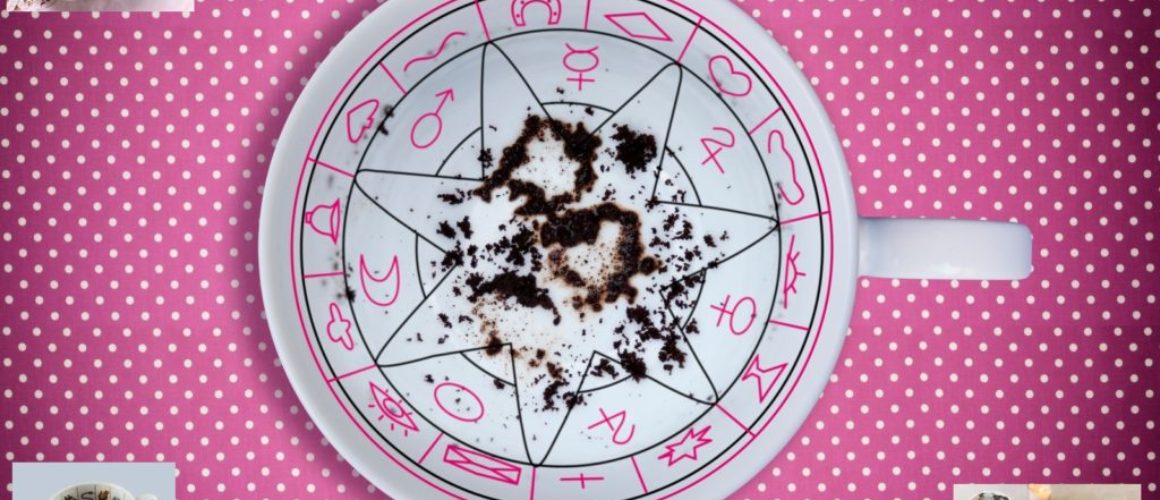The Art of Tea Leaf Reading (Basics)
Background
Since its discovery by the Chinese emperor Shen Nong way back in 2732 B.C, tea has been refreshing the mankind for few millennials. Drinking tea is not just pouring hot water in to tea leaves. It’s much more than that. The art of tea leaf reading is known as Tasseography (also called as tasseomancy). Here, tea enthusiasts identify symbols and interpret messages found in the shapes and configurations of tea leaves.
This is a simple practice, but the results are often profound, and curious minds have been enchanted and sometimes enlightened by tasseography for generations. At present, tasseography is not nearly as famous as crystal magick or tarot reading. However, and so it’s also less understood.
Tea leaf reading is a creative, powerful and accessible way of testing tea lover’s intuition. It’s a great option for someone who’s interested in cultivating a unique divination practice with what they already have got at home. This is also a kind of meditation.

How to Read Tea Leaves
Tea leaf reading is based on the concept of directing energy, just like all divination practices. When you focus your magical intention on the tea, the leaves turn in to energetic conduits which are capable of reflecting your own experiences. The tea leaves reveal hidden blockages, offer advice, and even forecast the future. These magical messages are embedded within the wet leaves’ density, shape, color, orientation and placement. A vital text on tasseography, Reading Tea Leaves published by “A Highland Seer” in 1881, offers a detailed list of standard tea leaf symbols and their meanings, along with sample configurations and interpretations. Tea leaf readers around the world still consider this quote as a basic resource.
Setting the stage for a tea reading
This may sound obvious, but first of all you must brew your favourite tea in order to read tea leaves. Gather your tea accessories like teacup (Ideally a transparent glass, white or a light color to let you seeing the leaves’ configurations clearly), hot water, and loose tea leaves. Here, it’s better if you can use whole leaf teas. It’s recommended that beginners use simple loose black, green, oolong or white tea leaves. Later on, once you have got some experience, you can enjoy the leaf reading with an aromatic blend which tantalizes your five senses.
After locating your desired tea leaves (Ideally whole leaf teas), just place them straight into the cup (not necessary to have strainers or infusers) and pour the hot water along the wall of the cup rather than just putting straight on to leaves in order to prevent leaf damage. You can also use a transparent tea pot or a tea leaf infuser flask for tea leaf reading. Since tea leaves will remain in the cup or pot, it’s not necessary to worry about steeping. While the water cools down, take a few moments to reflect on your own intentions and start transferring your inner energy into the absorbent tea leaves. It’s really like a meditation.
Specificity is so vital here, therefore make sure to formulate a clear and concise question (or, if you’re performing the reading for someone else, that they do). Keep in mind, a general ask will yield a general answer. When the temperature is correct, the querent (it’s you if you’re answering your own question) should start drinking the tea as they continue to contemplate their question. When there is about a tablespoon of liquid remaining in the cup, they can start the swirling-and-turning ritual: Holding the cup in the left hand, swirl it thrice from left to right.
Thereafter, also with the left hand, carefully and gently invert the cup over a saucer. Leave the cup upside down for about a minute, after that rotate it thrice. Turn the cup back upright, placing the handle due south. Tea leaves should be stuck to the cup in a various shapes and clusters, embedded with insight and answers. Now, it’s the high time to tell their story.
Identifying tea leaf symbols
For generations, tasseographers have identified consistent patterns and configurations. More 150 classic symbols are detailed in tea leaf reading, so just be free to use this classic resources to assist guiding your interpretations. Contemporary tasseographers have got useful tutorials, as well.
Usually, you will encounter five symbol type: animals, mythical beings, objects, letters, and numbers. Sometimes, these forms will be extremely obvious. Bird wings, for example, possible to suggest newly found successful journey or freedowm. Other than that, a cross may signify a blockage or unforeseen trouble ahead. Please note that not every formation needs to be interpreted; only pay attention on the symbols which pertain to the querent’s inquiry.

Some of Main Tea Symbols & Meaning of Some Popular Symbols

ACORN: Continued and improved health.

ANCHOR: Symbol of luck. Reflects the success in business or in love life. If blurred or indistinct just the opposite.

HEART: Reflects a lover. If it’s close to a ring, marriage to the existing lover. If it’s indistinct, the lover is fickle.

HEAVENLY BODIES (Sun, Moon, Star): Symbolizes Good luck, happiness and success.

OWL: Symbolizes sickness or poverty. Bit of a warning against initiating a new business.

PALM TREE: Reflects good omen. Success of any undertaking.

Crescent MOON: Symbolizes the prosperity, fame. If cloudy, difficulties will be solved.

TRIANGLES: Symbolizes unexpected good luck.

BIRDS: Reflects good fortune. If flying, happy news from the direction it comes.

ELEPHANT: Reflect Good fortune, good health and happiness.
What does each part of the cup signify?

The teacup handle serves a vital function: that is the energy conduit which connects the physical and abstract realms. This also symbolizes the querent and need to be positioned due south to signify the querent’s current environment. (In astrology, the fourth house, which governs the home and family, is also located in the same position, at the base of the astrological chart). The leaves dancing close proximity to the handle reflects events relating to the querent’s immediate environments, whereas leaves directly across the handle (due north) symbolize outside issues and external influences.
Tea cup or the mug is divided into three areas for prophesying:
- The rim signifies the present,
- Sides represent the near future
- The bottom of the cup symbolizes the distance future.
Depending on the question, these sections can be utilized to gauge timing (how soon a situation is likely to occur), connection (the physical or symbolic gap between two people), or intensity (tea leaves on the rim, for example, could suggest a life-changing event).
Keywords: Tea leaf, Pouring, Tasseography, Leaf reading, Tea
Join with me to travel all over the world of tea: http://www.teawithnipun.com/
References
- Tea Association of The USA Inc.: http://www.teausa.com/14531/reading-tea-leaves
- Allure: https://www.allure.com/story/how-to-read-tea-leaves-tasseography



